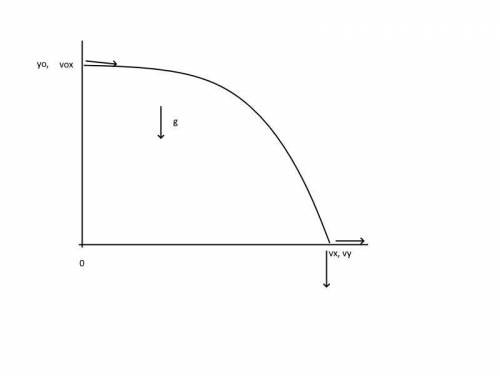
Physics, 29.01.2021 17:20 conyabrew82
Scenario
You have recently joined the team at A&L, an engineering firm with a broad portfolio. A&L has recently been hired to help plan a supply drop following a natural disaster. Due to conditions on the ground, the supply drop will be done from the air. Your supervisor has asked you to use that information, as well as your knowledge of kinematics, to create a supply drop plan detailing how far the payload should be from the drop site when it is delivered. Additionally, due to adverse conditions in the area, your supervisor has asked you to prepare for two contingencies.
Directions
The plane carrying the supplies will be cruising at a constant velocity of 250 miles per hour relative to the ground and at a height of 2,650 meters above the target site. Using this information, create a supply drop plan including all required information and calculations outlined below. As you are completing your supply drop plan, remember that correct SI units are a required component of your calculations and descriptions.
Construct a diagram that describes the horizontal and vertical motion of the payload. Your diagram should visually represent the initial velocity and height of the payload as it approaches the drop site. To create the diagrams, you may use drawing tools, or you may photograph or screenshot a drawing of your own. This diagram should include the following elements:
The initial velocity of the payload
The initial height of the payload
Horizontal distance to the drop site
Using your understanding of kinematic equations and the given variables in the scenario, calculate the horizontal and vertical motion of the payload to ensure it arrives at the drop site. In your calculations, account for both the horizontal and vertical motion of the payload. Your calculations should address the following:
Initial velocity of the payload when launched
The velocity of the payload when it hits the ground
Following your calculations, describe the equations used in calculating the vertical and horizontal motion of an object. In your descriptions, address the following:
What is the relationship between vertical and horizontal motion in kinematics equations?
How did you analyze the vertical motion of the payload in your solution?
How did you analyze the horizontal motion of the payload in your solution?
What other kinematics principles did you consider in analyzing the motion of the payload?

Answers: 3


Other questions on the subject: Physics

Physics, 22.06.2019 02:00, Kyliehayden05
Which statements about tornadoes are true? check all that apply. (a) about 12,000 tornadoes hit the united states every year. (b) a tornado looks like a funnel. (c) tornadoes are deadly atmospheric storms that cause millions in damages each year. (d) tornadoes can reach wind speeds of more than 300 miles per hour. (e) kansas is the state with the most tornadoes. (f) you will always notice a funnel before a tornado strikes.
Answers: 2

Physics, 22.06.2019 14:00, mariah10455
Ascientific blank must be testable and capable of being proven false?
Answers: 1

Physics, 22.06.2019 14:30, raoufhanna
A58-kg boy swings a baseball bat, which causes a 0.140-kg baseball to move toward third base with a velocity of 38.0 m/s.
Answers: 2
You know the right answer?
Scenario
You have recently joined the team at A&L, an engineering firm with a broad portfolio....
Questions in other subjects:




Mathematics, 08.01.2020 23:31



Mathematics, 08.01.2020 23:31


Mathematics, 08.01.2020 23:31





